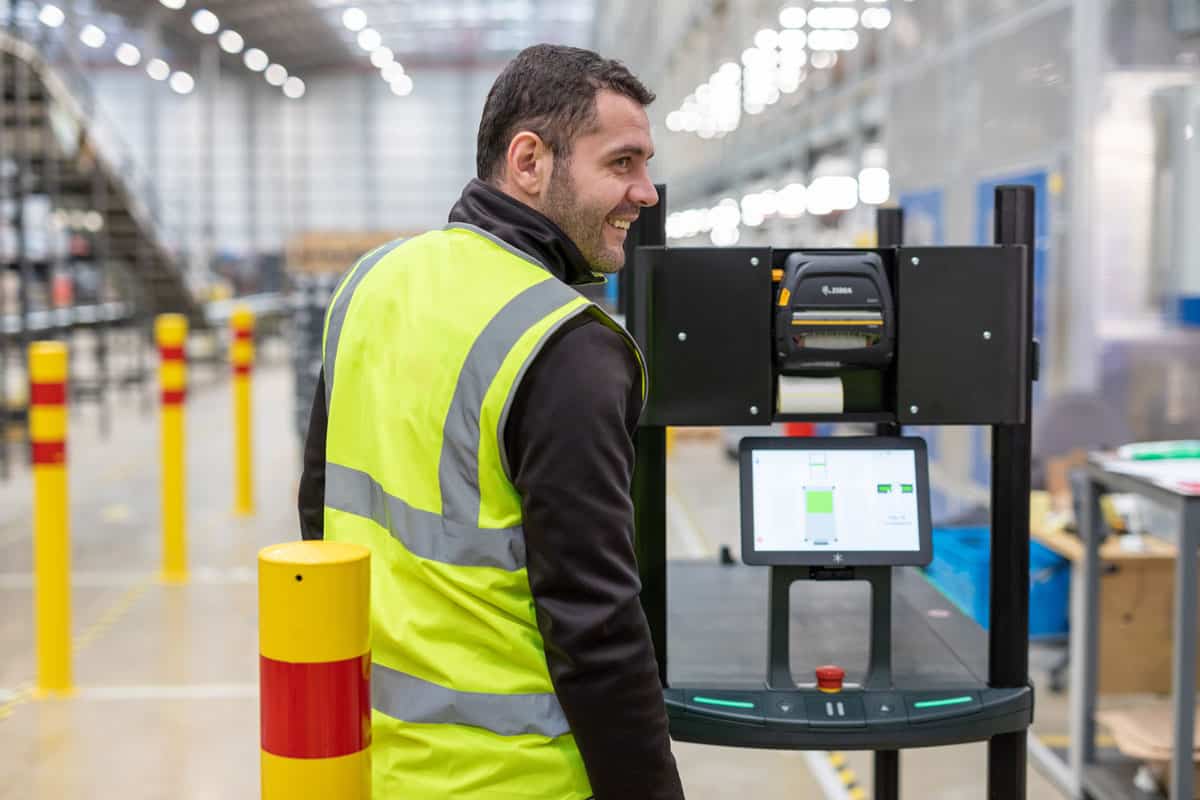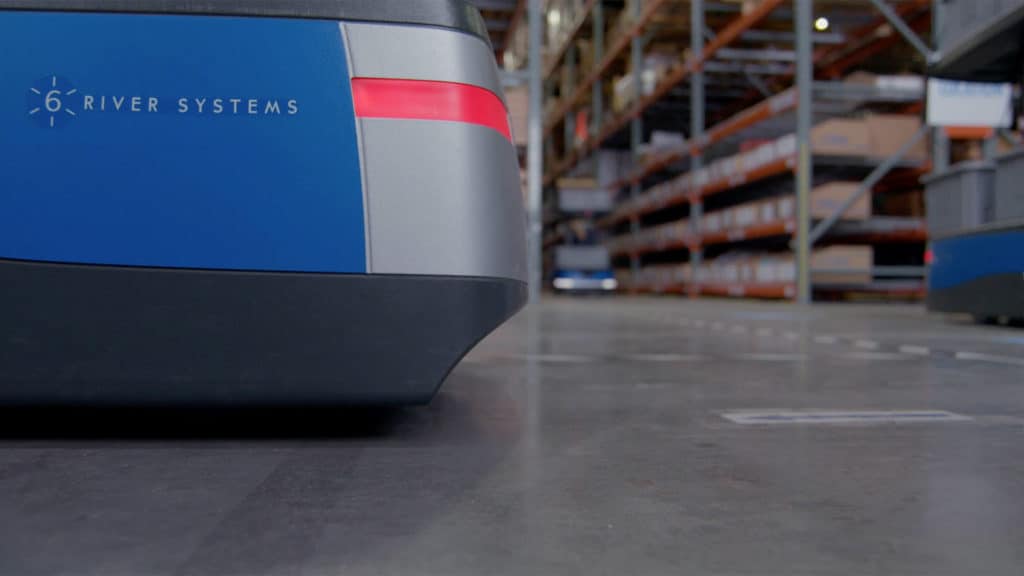The ultimate guide to peak warehouse fulfillment
What is peak warehouse fulfillment?
Planning for peak warehouse fulfillment starts several months ahead of the holiday shopping season by hiring seasonal associates, stocking inventory and implementing warehouse automation. Peak warehouse fulfillment is commonly linked with Black Friday, Cyber Monday and the holiday shopping season -- the busiest time of year for retail and e-commerce operations and 3PLs serving retail and e-commerce operations.
How to prepare for peak warehouse fulfillment success?
Attract, train and retain seasonal associates
Labor continues to be a major challenge across the supply chain and logistics industry. One survey report found that 73% of warehouse operators are struggling to find enough labor. It is critical to offer enticing perks and bonuses to potential hires in order to stand out in a highly competitive labor market and build your seasonal team.
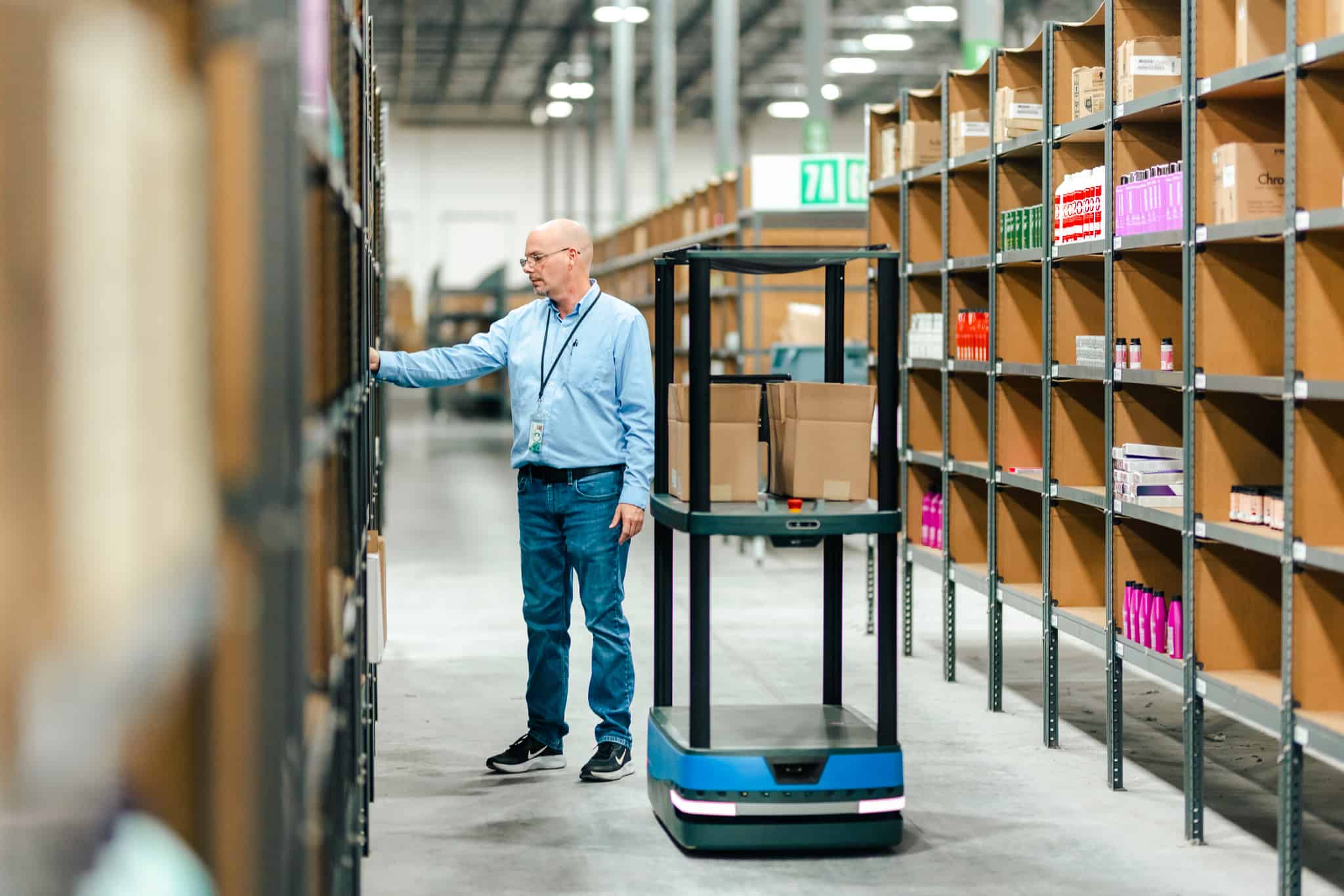
Training new associates can be time consuming and costly but is an important part of peak fulfillment season success. Time to productivity for new associates varies depending if picking, replenishment and returns processes are manual or automated. At a manual cart pick operation, it takes four to five days to train an associate and four to six weeks until they reach standard productivity (80% in this scenario). When using fulfillment automation, training time can be reduced depending on the technology in place. No two systems are alike, but in order to maximize associate productivity, implementing autonomous mobile robots (AMRs), for example, can speed the time to full productivity.
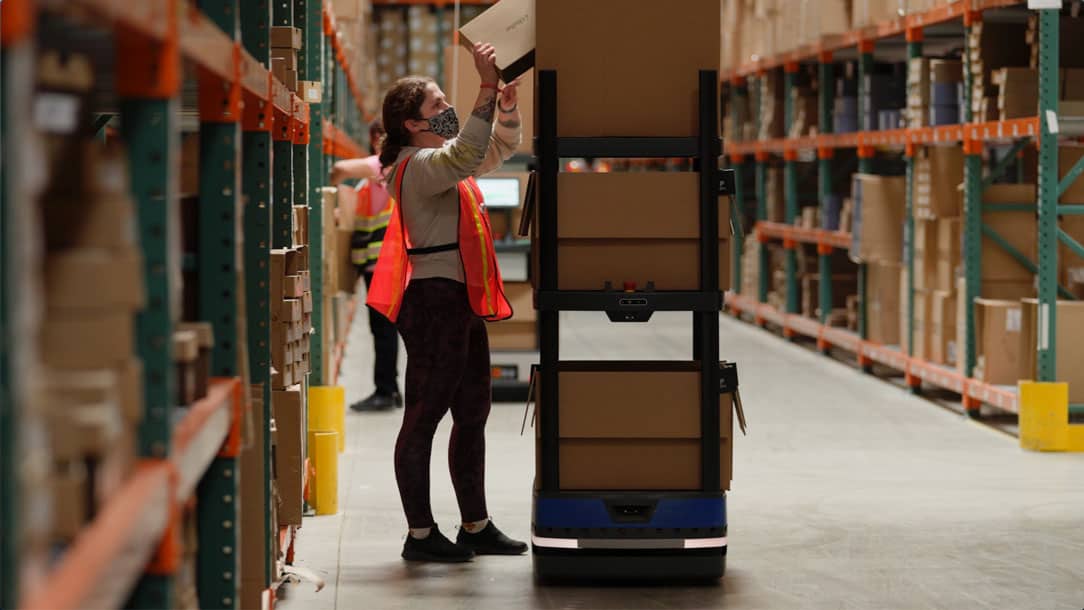
The warehousing industry typically has high turnover rates but the struggle to retain labor has worsened since the start of the pandemic. In 2021, the industry experienced an alarming 49% annual separation rate – a 10% improvement from a catastrophic 59% in 2020. The physical strain of long walks to pick orders, pushing manual carts and lifting inventory make labor retention for the peak fulfillment season (and beyond) a challenge. When higher wages aren’t the main motivator, which is the case for many millennial warehouse associates, operations have to make the working experience better. By reducing the physical strain of order picking, inventory replenishment and returns through warehouse automation, associates have less chance of injury and can work more efficiently.
Optimize your warehouse for increased order volume
E-commerce sales continue to grow even as more people return to in-store shopping. This increase in e-commerce orders is forcing many fulfillment operations to expand into additional warehouse space.
However, finding available warehouse space is easier said than done as the U.S. industrial property rate for Q1 2022 dipped to 4.1% – the lowest it has been in three years. If you are able to find industrial space up for lease, the rent is forecasted to be 22% more than it was in 2021. As supply chain issues linger, inflation hits 40-year highs and the possibility of a global recession remains, many fulfillment operations are in cost savings mode.
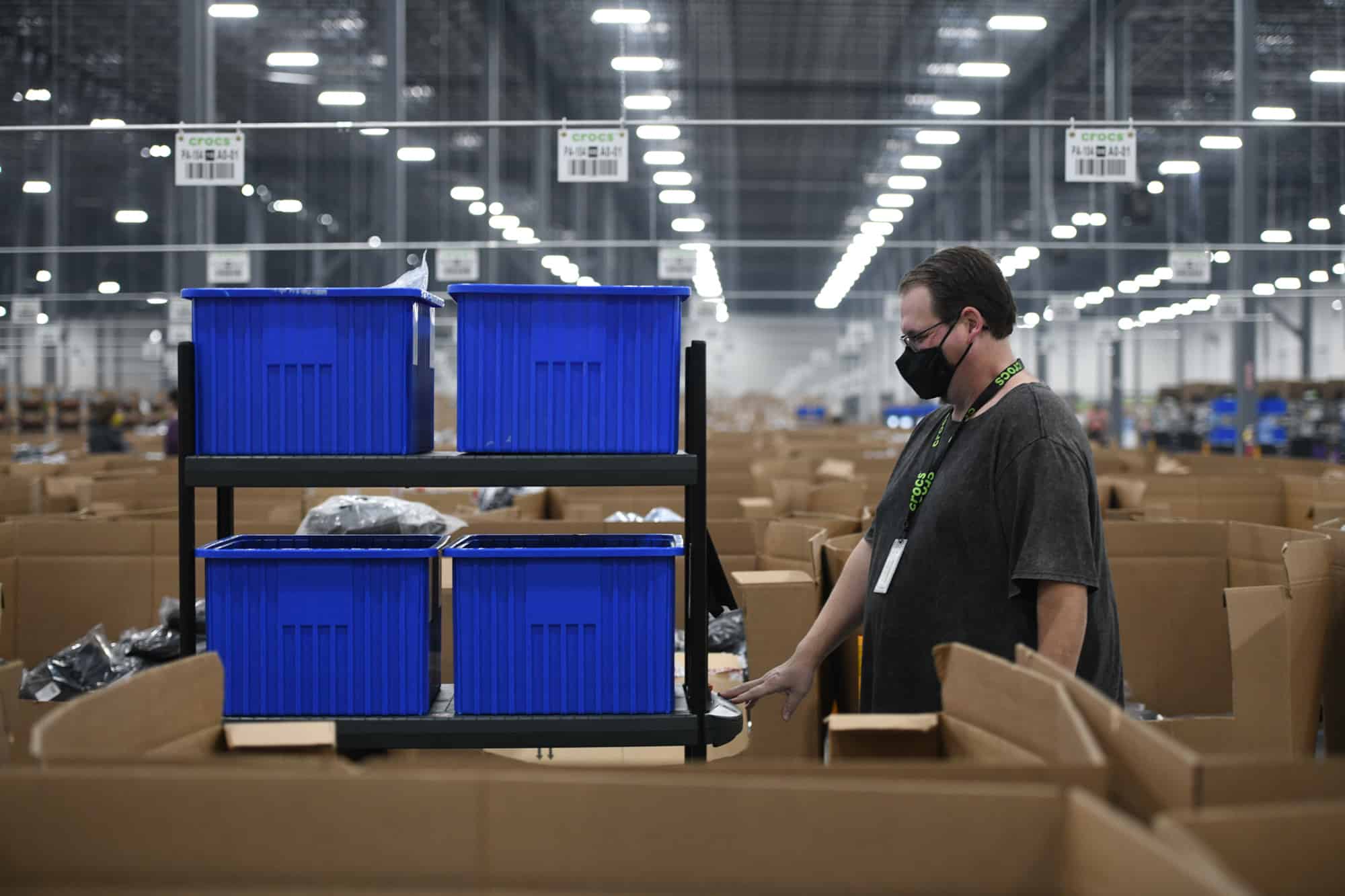
Instead of paying a premium for new space, organizing your warehouse layout and processes can add efficiency while keeping costs low.
- Slot inventory to make sure fast, medium and slow movers are easily accessible for optimized picking productivity.
- Map out your floor plan so it flows seamlessly from inbound receiving to replenishment and beyond to picking, packing and outbound shipping.
- Space your aisles accordingly to maximize your space while reducing in-aisle congestion from people, forklifts, AMRs and picking carts.
- Document a clear, automated replenishment process to reduce inventory sitting at the dock door.
- Utilize vertical height in your existing facility by utilizing mezzanine or automated vertical storage to increase capacity and minimize wasted space.
Meet shipping deadlines and SLAs
Consumers now have more ways to buy thanks to omnichannel offerings becoming more common. These new and convenient methods of shopping are inspiring consumers to try new retailers, brands and delivery options while eroding previous consumer loyalties. According to a McKinnsey report, more U.S. consumers are switching brands and retailers now than in 2020 and 2021 and roughly 90% plan to continue to do so.

Whether you are a 3PL warehouse or a direct-to-consumer (D2C) brand, fulfilling orders on time to meet shipping and delivery deadlines has a major impact on retention. An Oracle survey revealed that 84% say delays would cause them to cancel their order and 58% would stop buying from a brand after 1-3 delays or disruptions.
As more consumers choose same day shipping, 3PL Service Level Agreements (SLAs) tighten and require fulfillment operations to work at a faster pace. When demand surges, operations can get swamped with orders that have same day shipping SLAs even if they have all the associates they need. Missing SLAs is costly for 3PLs and disappoints their customers who expect orders to be delivered on time.
Most operations want to enforce strict SLAs while being as efficient as possible. Guaranteed SLA allows dynamic adjustments which provide as much optimization as possible while honoring shipping dates. It reduces complications for floor managers without the risk of compromising important shipping dates and disappointing customers.
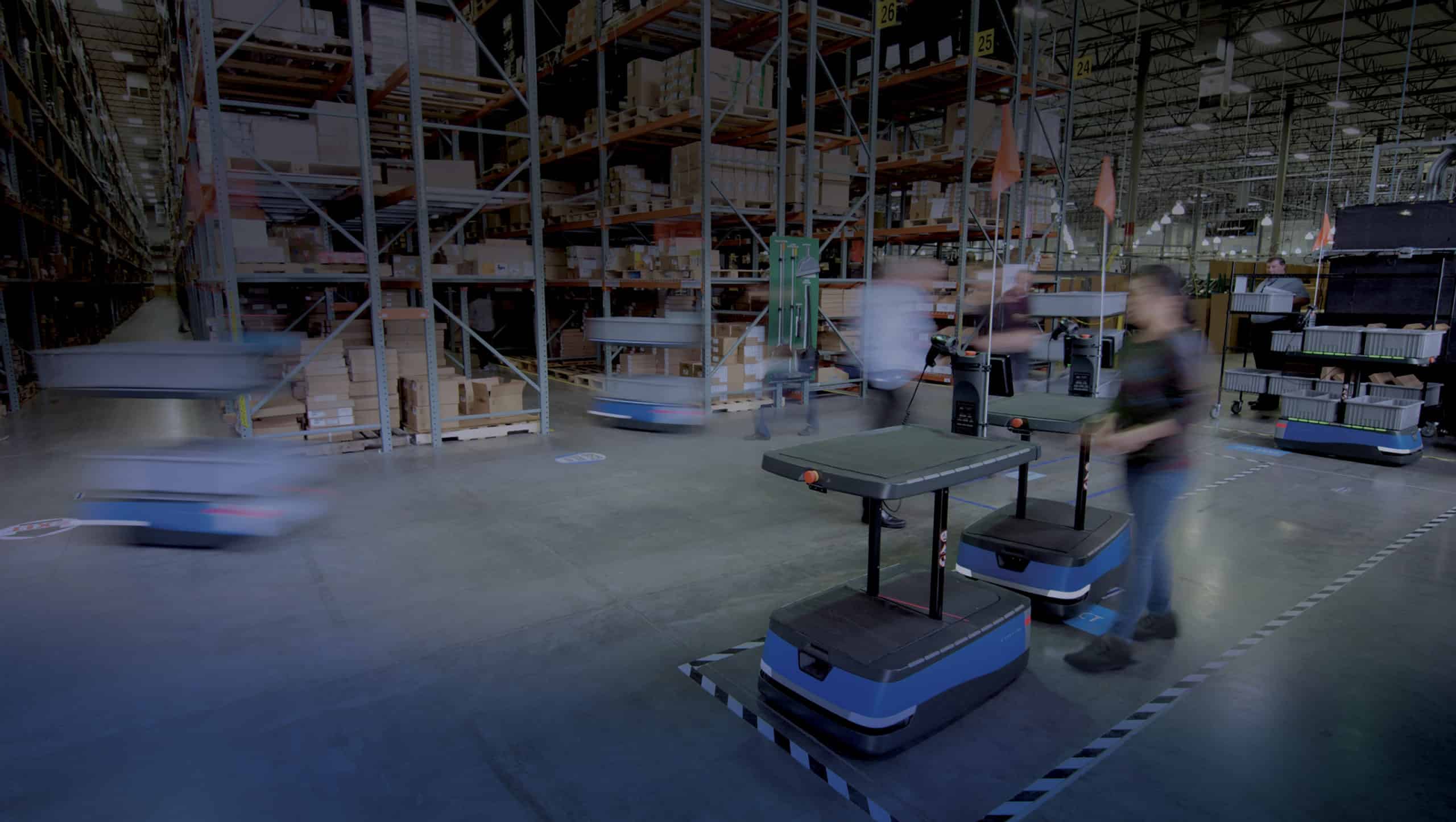
Be ready for the unexpected
Peak has been unpredictable the past couple of years. Consumer demand is constantly changing. The shift to e-commerce was already on the rise pre-pandemic. Then e-commerce shopping habits accelerated more than anyone could anticipate during initial lockdowns in Q1/Q2 2020. As restrictions have lifted, people are excited to get back to shopping in-store as opposed to online. Brick and mortar stores saw a 10% increase in transaction volume in early 2022 with a drop in e-commerce spending as a result. Providing an omnichannel experience for your customers is critical for managing the fluctuations in shopping trends. Pivoting from fulfilling customer orders to replenishing retail stores and back again will prove to be beneficial for brands going into peak this year. Flexible automation solutions are available to scale quickly.
Supply chain disruptions have caused some worry and heightened risk as highlighted in this survey. Whether inventory is sourced domestically or internationally, supply chain disruptions affect businesses differently. As a result, operations are trending towards “just in case” (JIC) inventory instead of “just in time” (JIT) inventory. Lean inventory practices were a strategic choice in years past to free up space in a facility and keep costs low. With the unpredictability of global supply chains continuing this year, “just in case” inventory might be the safer approach to help avoid the risk of stock outs for your customers.
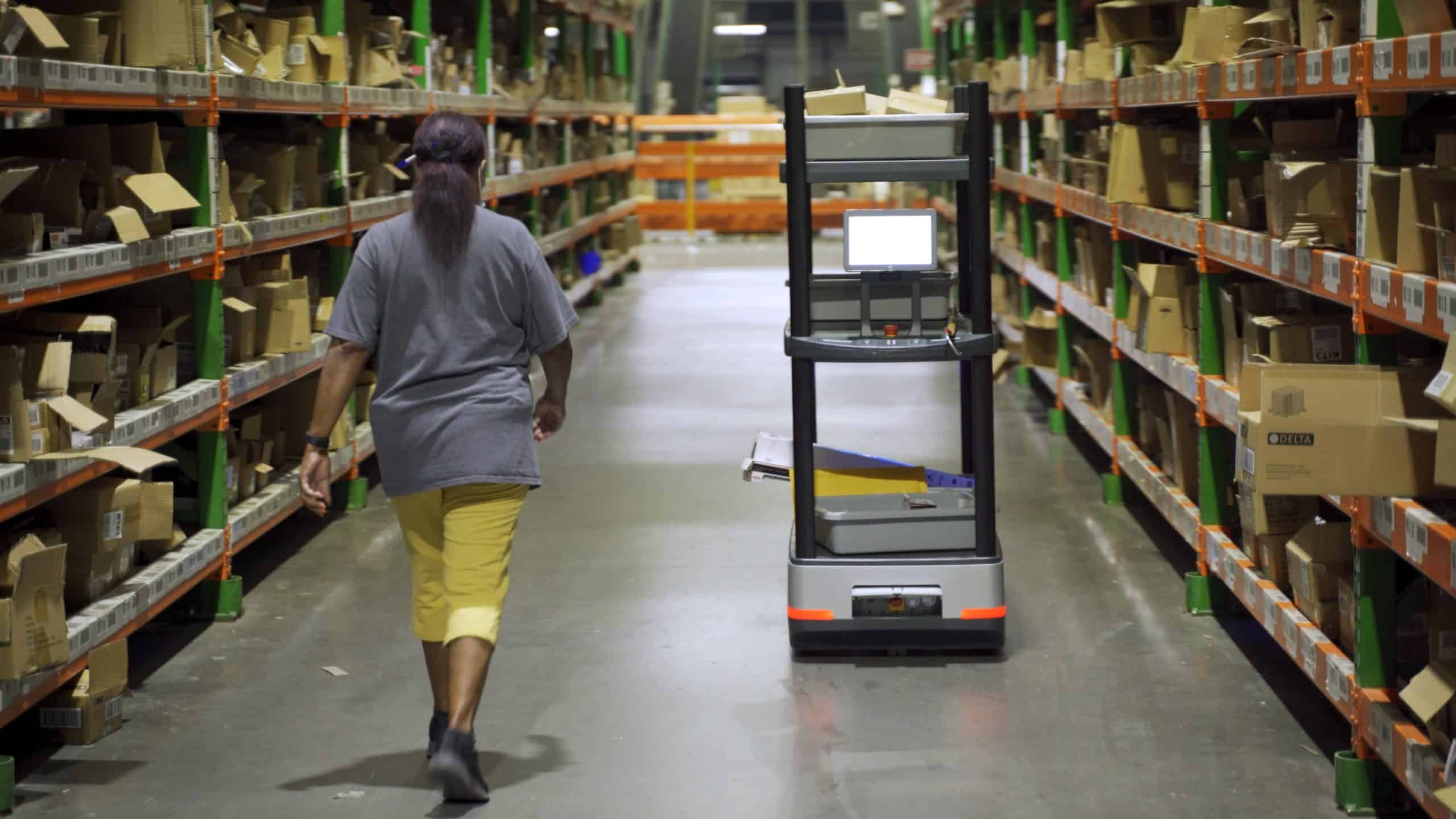
Labor availability continues to be a challenge since “The Great Resignation” in 2020. There are currently 10.9 million open jobs in the U.S. and only 6.5 million unemployed workers. This poses a problem for companies who need to hire seasonal labor to accommodate peak fulfillment. Since the pandemic, the workforce has seemingly reevaluated their jobs beyond salary and career growth and development. Other factors such as flexibility, remote work and work-life balance are at play.
Labor was listed as one of the top five challenges for fulfillment operations already this year. Companies need to be creative with the incentives and benefits they provide to attract enough labor to get through peak. It can be difficult to find skilled labor and sometimes labor you can find isn’t reliable. To alleviate this challenge though, some companies are considering implementing automated technologies to take advantage of the labor they do have to increase their productivity.
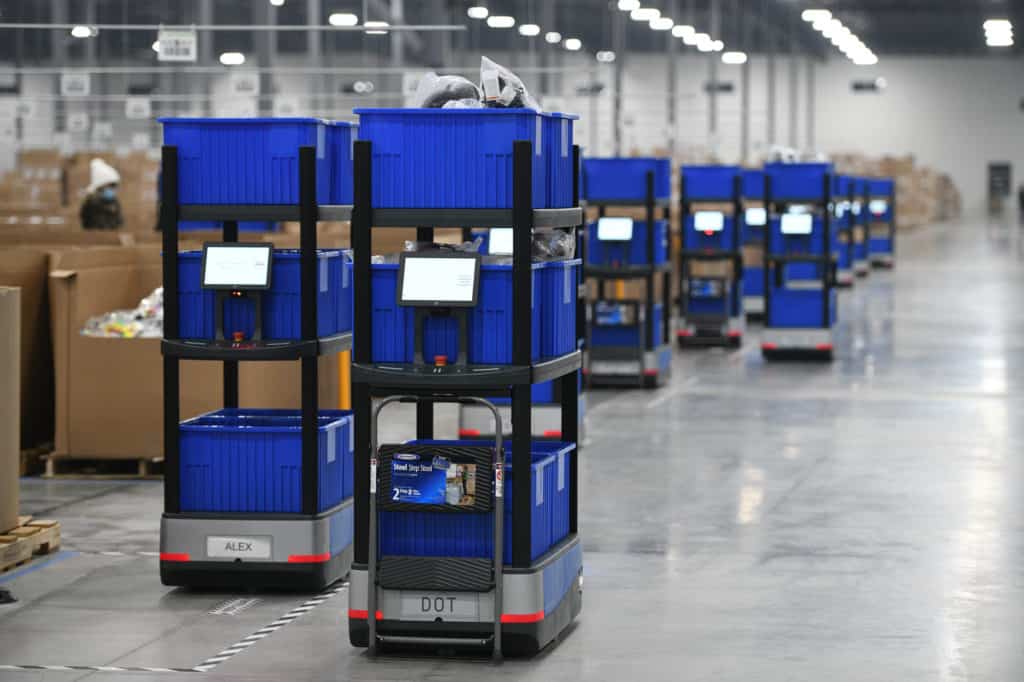
Consider flexible fulfillment automation
Business needs are changing faster than ever as supply chain disruptions, consumer demand and the global economy continue to fluctuate. In an effort to manage risk and add efficiency, operations are choosing fulfillment automation solutions.
According to Modern Materials Handling’s State of Robotics report, 52% of respondents are currently using or have future plans to use robots in their warehouses, distribution centers and/or manufacturing operations. 63% of the operations use robotics for order picking.
Autonomous mobile robots – equipped with sensors that help them to move safely around the warehouse – work alongside associates to pick orders, replenish stock and return product to the shelves quickly. 6 River Systems’ AMR, Chuck which works with advanced software to lead pickers through their work helping them stay on task by systematically directing their workflows while improving productivity. Chuck is highly configurable, holding a variety of SKUs from airplane components to dresses and using flexible picking strategies to fulfill them.
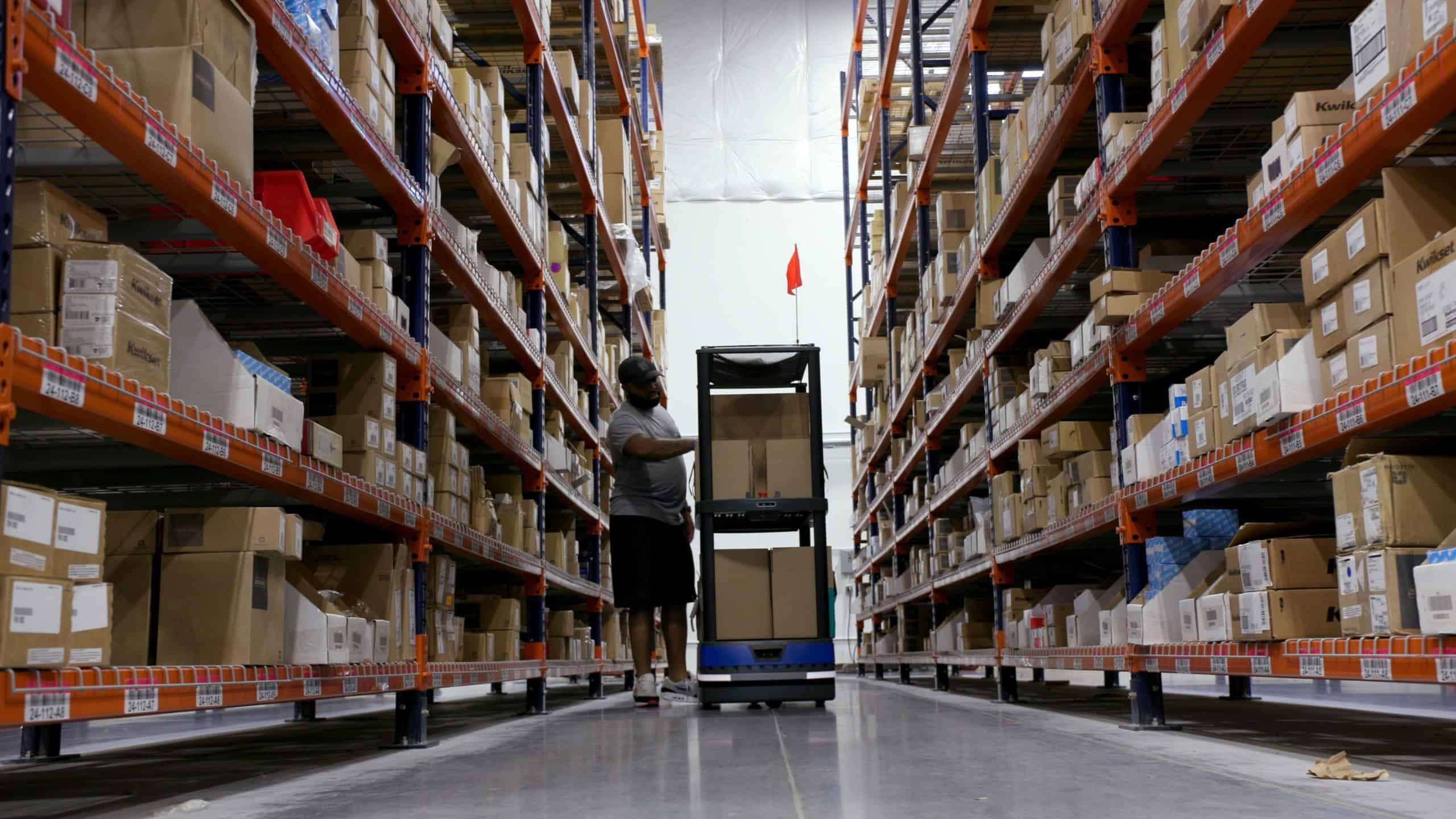
Use data/software integrations to maintain inventory visibility
Data and insights are essential for businesses of all sizes. A warehouse management system (WMS) is a combination of software and processes to optimize an organization’s inventory and workflows as items move throughout a facility. Utilizing a WMS helps optimize inventory movement from inbound to storage to picking and back to shipping.
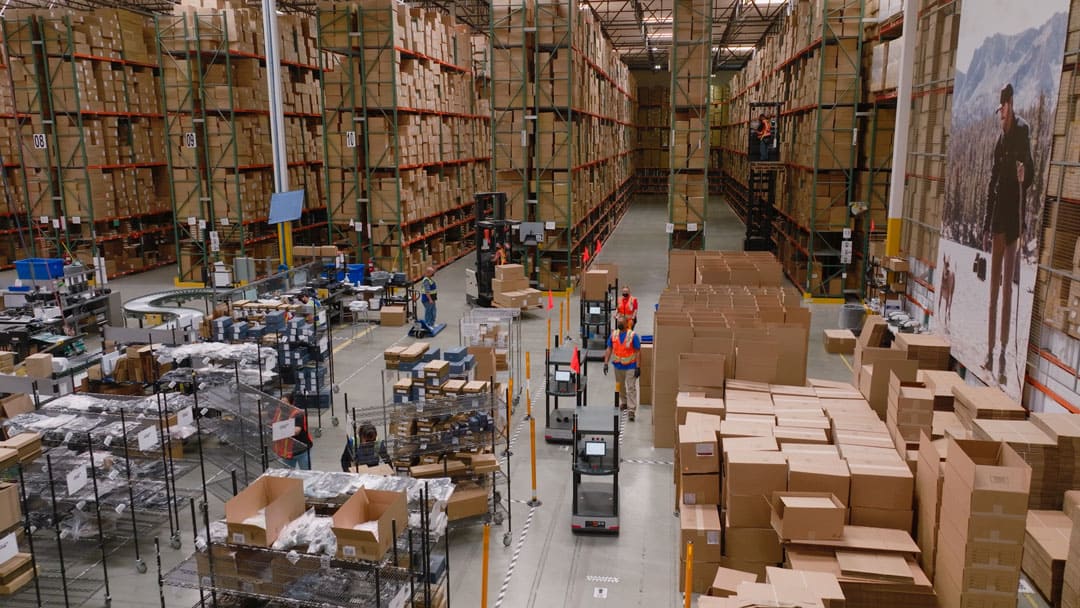
Real time visibility to your inventory on hand is critical for day to day operations. Data from your WMS can help you keep accurate inventory counts to ensure you have just the right amount of inventory on hand at all times. Additionally, picking inventory is a chance for human error. Tools such as barcode scanners can be integrated to increase pick accuracy and avoid picking errors. Having software and technology in place to reduce the risk of mispicks will lead to better inventory management and greater inventory accuracy. Mispicks are expensive for an operation and having insight into these errors today, will help avoid them during your busy peak season.
Beyond standard inventory counts, a WMS can provide insights on inventory movement. Monitoring fast, medium and slow movers is insightful for influencing storage methods, picking automation or other investments that can increase capacity and productivity.
Map out your returns management process
As e-commerce sales increase, so do returns. Online shopping doesn’t allow for consumers to try on a piece of clothing to ensure they purchase the correct size. This leads to buying more than one shirt or pair of pants and returning the unwanted items. Retailers expect to receive back 16.6% of merchandise purchased, which amounts to $761 billion dollars. It’s clear returns are expensive. So in order to prepare for peak fulfillment, a returns handling process should be top of mind.
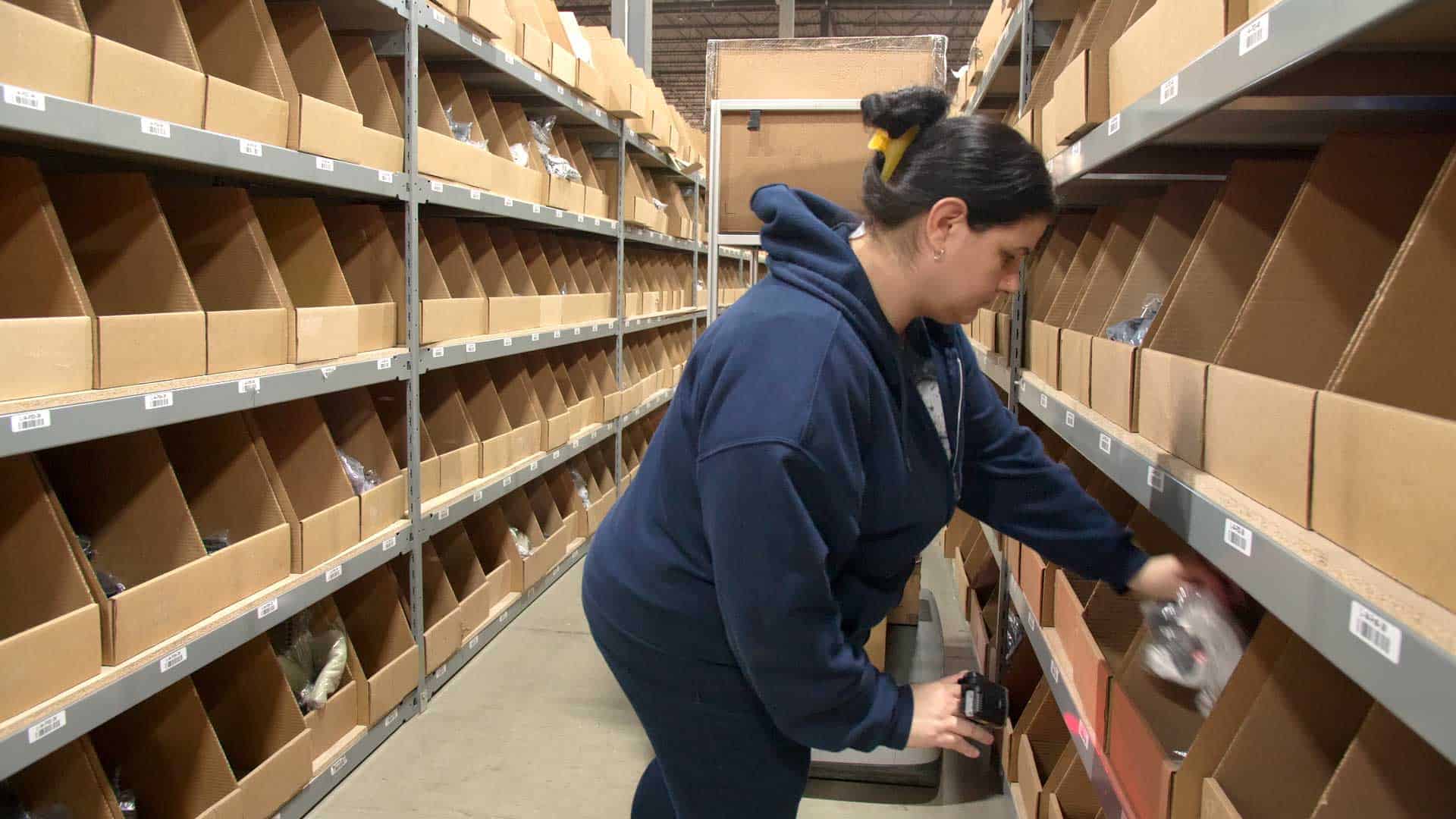
The returns management process includes several steps:
- Customer requests a return and ships the item back
- Receive the return at the warehouse
- Inspect the returned item(s)
- Refund the customer
- Recycle, repair or restock returned items
Returning inventory takes time and money. The last thing you want to do is leave returned inventory sitting at the dock door, unprocessed. You’ll want to be able to recover the value of the returned items quickly. Map out a reverse logistics strategy before peak so while you’re planning and scaling up, you’re prepared when the season begins. Ultimately, the way you handle returns can differentiate your brand from the competition.
Glossary of peak terms
Peak warehouse fulfillment - The holiday shopping season including Black Friday and Cyber Monday where brands and retailers typically experience their highest sales.
Omnichannel fulfillment - The fulfillment process for orders that are sold through different channels such as brick and mortar store and e-commerce marketplaces.
E-commerce fulfillment - Picking, packing and shipping orders for direct to consumer brands or online marketplaces where products are shipped to the customer’s home.
3PL fulfillment - A third party company hired by a brand to pick, pack and ship its orders on their behalf.
Autonomous mobile robot (AMR) - a robot which combines hardware and software which moves autonomously working alongside humans following system-directed workflows to reduce the amount of time associates spend walking and pushing a manual pick cart between pick locations.
Returns management - The process of getting a returned product from a customer’s location to the warehouse shelf as efficiently as possible to minimize loss of value.
Inventory replenishment - The process of transporting SKUs from storage to picking shelves. fulfillment center.
Supply chain disruptions - Delays and logjams in transporting raw materials and orders throughout global channels that are caused by unexpected factors, such as the pandemic and labor shortages.
Order picking - When associates go to different inventory locations throughout the warehouse to pick product(s) for customer orders.
Warehouse labor shortage - A lack of qualified warehouse associates to perform order picking, replenishment, returns and other tasks within a fulfillment operation.

